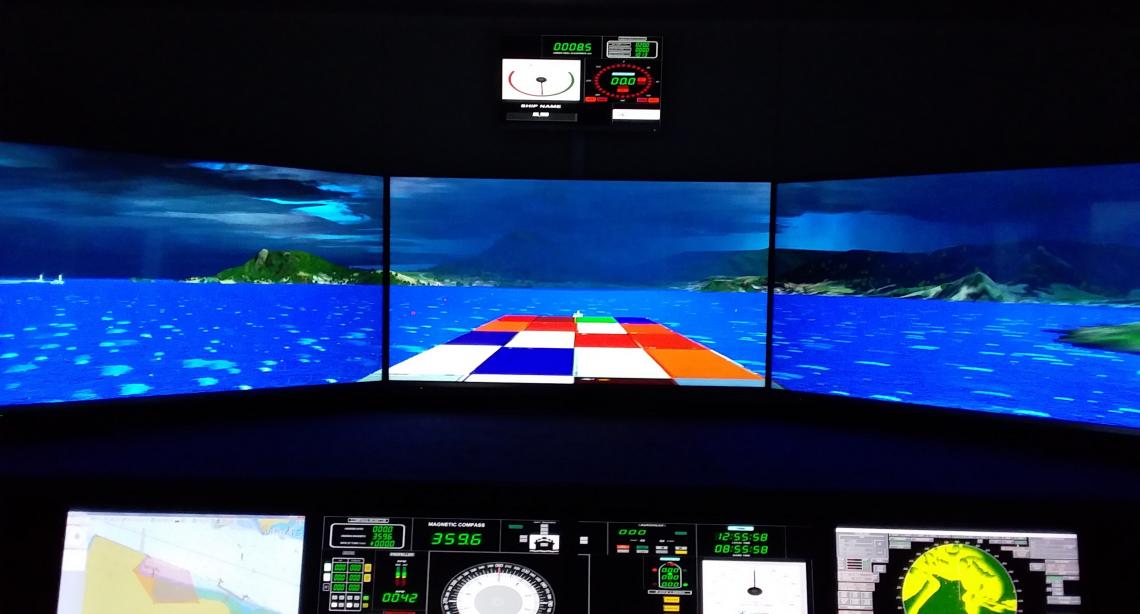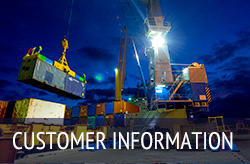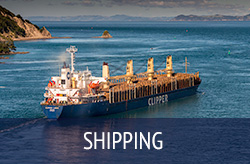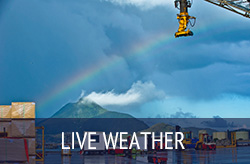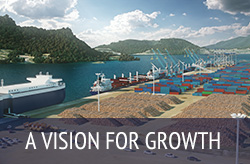Navigation simulator expands options for NZ port planners, operators
Our navigation simulator has been an important tool in helping us to plan and prepare for large container ship calls here at Northport in recent months. We use the equipment to examine, as part of the overall risk assessment, the effects on these ships of significant environmental occurrences here at the port.
For instance, as part of the planning for the most recent arrival of the 261m ‘Constantinos P’ we simulated thunderstorm activity with associated heavy rain, reduced visibility and winds gusting up to 50 knots (image above).
In addition to helping us with our own operations here at Northport the navigation simulator has expanded significantly the planning options available to other port operators and the New Zealand marine service sector generally. It is available for organisations around the country to model any port’s expansion and evolution, giving them the ability to project and study the feasibility of any proposed changes to a port’s design or operating environment.
It will show the impact on navigation of changes to berths, changes to shipping channels and improvements in navigational aids. It can be adjusted to consider any changes to the port, or the use of differing ship types such as container ships, bulk cargo ships, car carriers and cruise liners.
We undertook a feasibility study around the construction of a dry dock for the country’s marine industry as part of our Vision for Growth planning exercise. We used the simulator to test and prove the concept, along with different options for configuration and location. Vessel movement, turning capabilities, tug operations and a host of other factors were tested extensively against a wide range of variables and in many different operating conditions.
We also used it in our investigation into how to future-proof the upper North Island vehicle import industry with a potential new business model. This would see cars discharged from vessels directly to purpose-built storage, vehicle preparation and distribution facilities immediately outside the port. All in a single movement. We used the simulator to model and prove the seaward-side operations.

